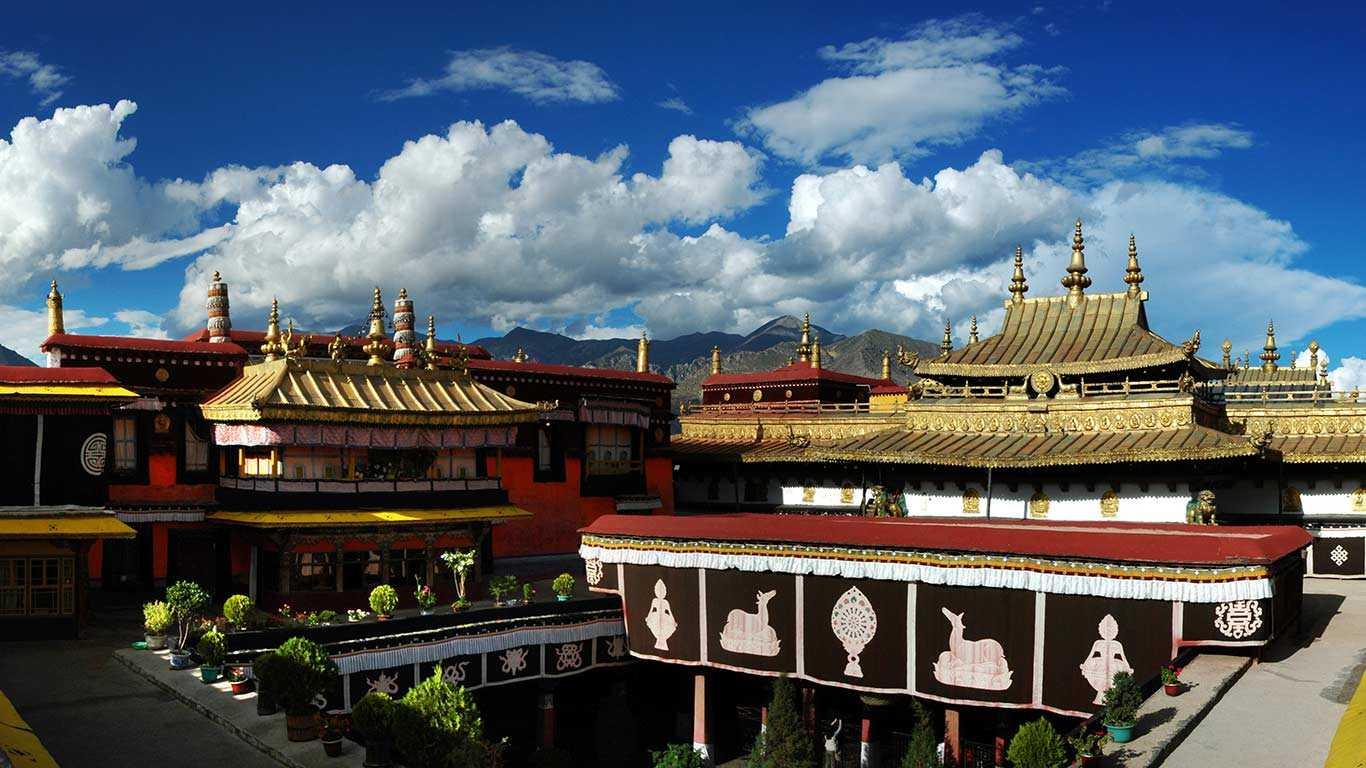Kathmandu to Lhasa Overland Tour
Date of Departure
trip informaiton
Duration
12 days
Max Altitude
4300
Difficulty
Moderate
Starts from
Lhasa Tibet
Trips Ends at
Kathmandu
Activity
Accommodation
Meals
Weather
°C
Group Size
Best Season
Region
No Region
Accommodations during the Nepal Tibet Overland Tour
Our service provides 3* standard category accommodations in Kathmandu, Shigatse, and Lhasa during this Nepal Tibet Overland Tour. The rooms will be on a twin/double sharing basis as per your preference but if you want to change the hotel service to a higher level or want a single supplementary, we can manage them at an additional cost and prior information.
We will be offering you the best available local guesthouse accommodations in Syabrubesi and Gyirong. And, you will be staying in a very basic monastery guesthouse in Rongbuk or a tented camp in Everest Base Camp.
Meals during the Kathmandu Tibet Overland Tour
Our Kathmandu to Lhasa Overland Tour package includes all the breakfasts throughout the trip and full course meals in Syabrubesi, Gyirong, and Rongbuk. We have not included the lunches and dinners in Kathmandu, Shigatse, and Lhasa because you will have a wide range of places to dine in along with a wide range of menus including Tibetan, Nepali, Western, Continental, Chinese, etc. cuisines.
While you are in Syabrubesi, Gyirong, and Rongbuk, you can enjoy the local Tibetan dishes such as butter tea, tsampa, dumplings, noodle soup, Nepali staple Daal Bhat (Rice & lentil soup with veggies), simple Chinese, and some western dishes such as fries, Omelets, pizzas, and pasta.


